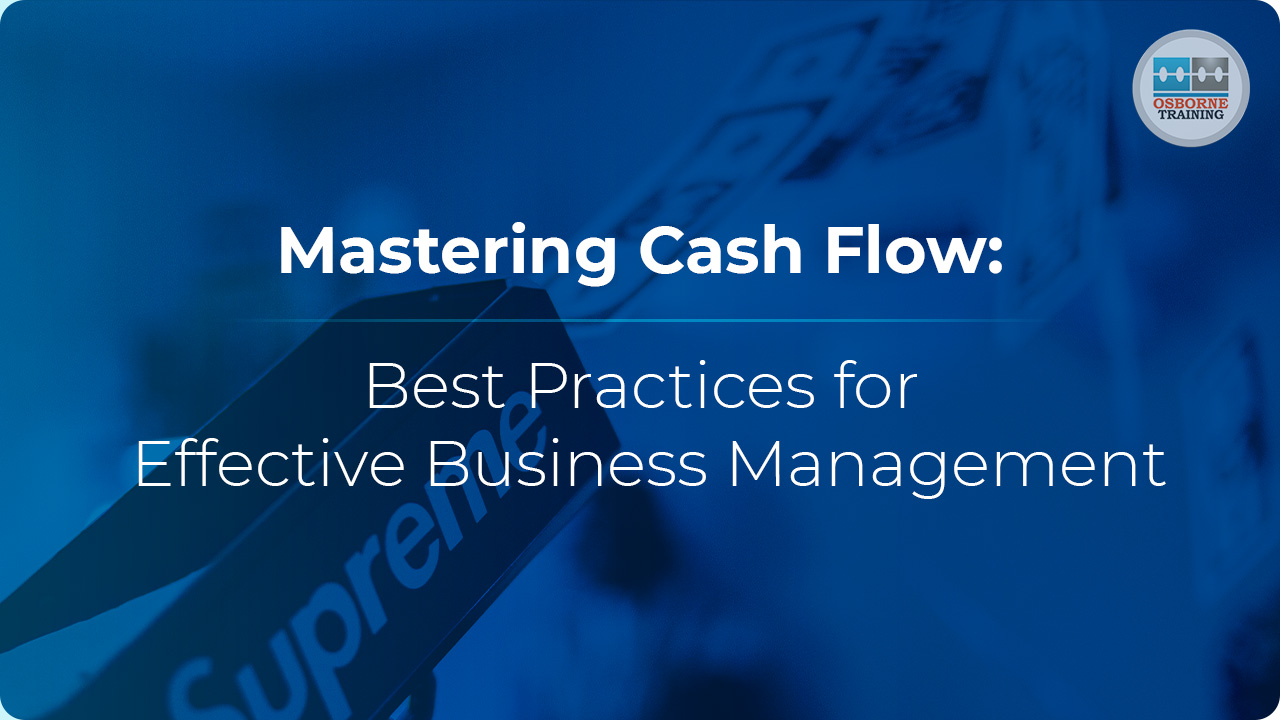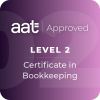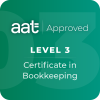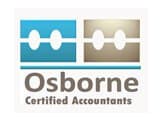
Mastering Cash Flow: Best Practices for Effective Business Management
For many businesses, especially startups, cash flow shortage can feel like a constant threat. Even profitable businesses can stumble if they don’t keep a close eye on their cash flow.
But fear not, entrepreneur! By following some key best practices, you can master the art of cash flow management and ensure your business thrives.
1. Know Your Numbers:
This might seem obvious, but it’s crucial to understand the difference between profit and cash flow.
Profit shows how much money your business keeps after expenses, while cash flow tracks the actual movement of money in and out.
Understanding this difference is vital to avoid the trap of thinking a profitable business is healthy if it’s struggling with cash flow.
2. Embrace the Forecast:
Don’t fly blind! Regularly create cash flow forecasts to predict future income and expenses.
This helps identify potential shortfalls and allows you to plan accordingly. Base your forecasts on historical data, industry trends, and current economic conditions.
Regularly update your forecasts to reflect changes in your business.
3. Monitor Like a Hawk:
Once you have a system in place, keep a close eye on your cash flow.
Regularly monitor key metrics like accounts receivable (money owed by customers) and accounts payable (money owed to suppliers).
This allows you to identify and address issues early on before they snowball.
4. Mind the Gaps:
Having a good handle on your customer payment cycles is essential.
If customers tend to pay slowly, consider offering early payment discounts to incentivize faster payments.
You can also explore ways to shorten your own payment terms to suppliers, but be sure to maintain positive relationships.
5. Become a Cost-Cutting Ninja:
Review your expenses regularly and identify areas where you can tighten your belt.
Look for subscriptions you can cancel, unnecessary office supplies, or energy-saving measures. Every penny saved adds to your cash flow buffer.
6. Strategic Stockpiling (Maybe):
Carefully consider your inventory levels. Holding too much stock ties up cash that could be used elsewhere.
On the other hand, stockouts can lead to lost sales. Finding the right balance is key.
7. A Line of Defense:
Having a line of credit or access to a small business loan can be a lifesaver during unexpected cash flow dips.
Explore these options beforehand so you have a safety net in place if needed. However, rely on them strategically, not as a crutch.
8. Multiple Income Streams:
Diversifying your income streams can add a layer of security to your cash flow. Explore new sales channels, consider offering additional services, or develop passive income streams. The more ways you bring in money, the less vulnerable you are to fluctuations in any one area.
By following these best practices, you can take control of your cash flow and ensure your business has the financial fuel it needs to flourish. Remember, cash flow management is an ongoing process. By being proactive and staying informed, you can weather any financial storm and keep your business on the path to success.
Do you want to learn further on how to get complete control of your cash flow?
Get a strong grasp of cash flow management principles with our AAT Accounting courses here.






